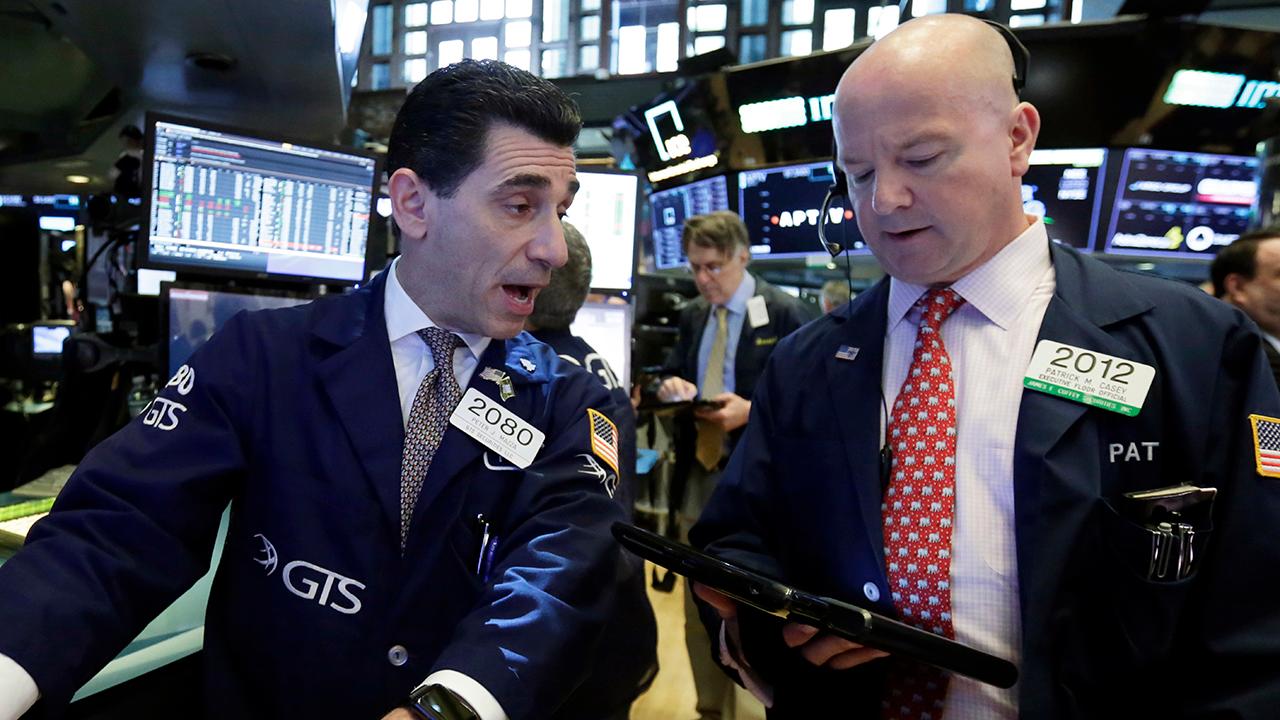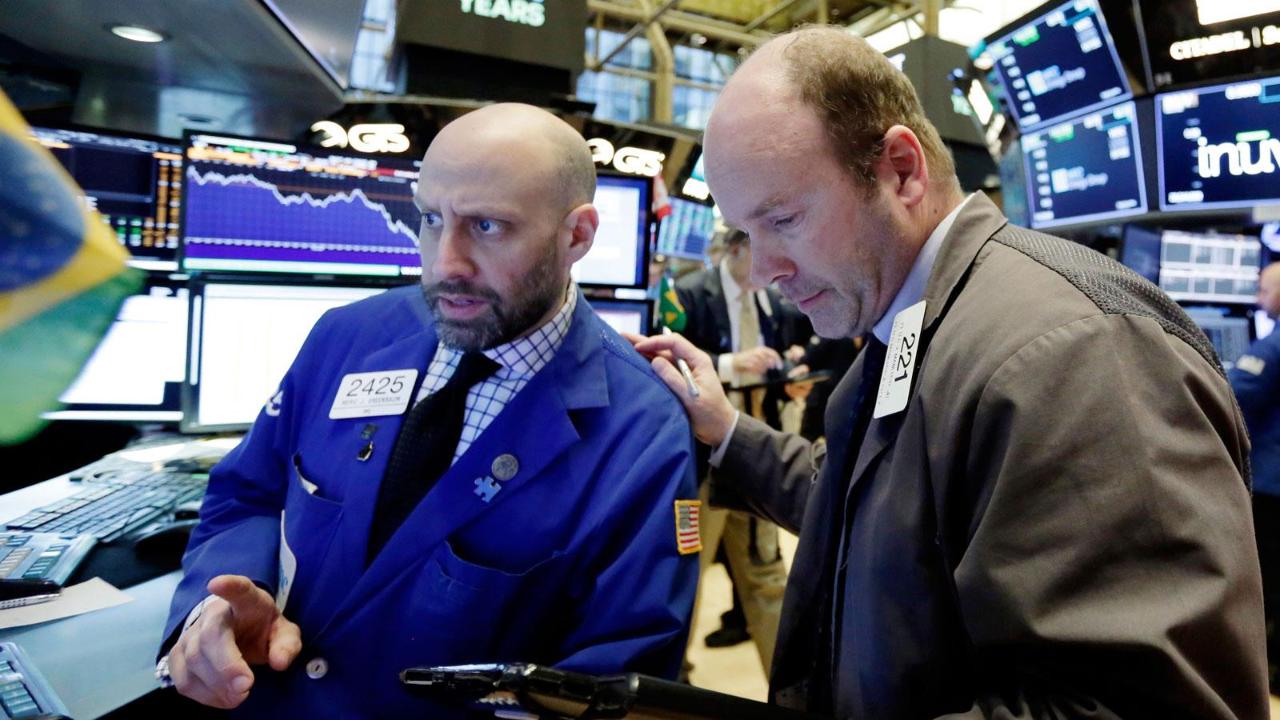Small caps buoying market amid political tumult
Small-cap stocks had little trouble shaking off the crisis in Italy or an on-again, off-again global trade war that looks like it is on again. And the ability of those small-cap stocks to return to record territory while larger cap peers lag behind continues to provide comfort for stock-market bulls. "When you look at U.S. small caps as an example, they've broken out to new highs, painting, I think, and highlighting the very strong picture we have here in the U.S.," said Erin Browne, head of asset allocation at UBS Asset Management, in an interview. Small caps, as represented by the Russell 2000, suffered a small wobble Tuesday as Italy's bond-market meltdown and the threat of new elections that were in danger of becoming a de facto euro referendum roiled global financial markets. But the index was back in record territory on Wednesday, notched an all-time intraday high Thursday before being dragged back down into negative territory as other indexes fell on trade-war fears, and on Friday landed back near Wednesday's all-time high. The week's performance left the Russell up 1.3%, besting the large-cap S&P 500 , which still managed a 0.5% weekly rise amid all the hoopla. So far in 2018, the Russell is up 7.3% to the S&P 500's 2.3% rise. Small-cap stocks are usually defined as the shares of companies with a market capitalization of $300 million to $2 billion.
That small-cap leadership is eye catching, in part because it's coming in what's widely assumed to be late in the business cycle -- a period when rising interest rates tend to crimp smaller companies that usually have relatively higher debt levels, said Terry Sandwen, chief equity strategist at U.S. Wealth Management, in a note. "Smaller companies are likely riding the coattails of the strong performance among technology companies, deregulation and strength of the U.S. dollar and its relative insulation from trade worries," he said. Bulls argue that small caps, however, are insulated from some of the macro factors that have left the S&P 500 and the blue-chip Dow Jones Industrial Average struggling to build momentum to the upside. They're confident that, eventually, a broader bullish backdrop will allow large-cap stocks to play catchup. "We like small caps...that is a segment that is somewhat more insulated from the trade-war risk fears and a more domestically oriented segment. We do think the U.S. is a key source of strength for the global economy," said Ed Campbell, portfolio manager at QMA. That's part of a broader global economic script that has flipped in 2018. While positive economic surprises in 2017 tended to come from outside the U.S., it's largely the opposite in 2018. In the meantime, however, there may be more turmoil, or at least frustration, in store for market bulls before stocks find their footing again, likely later this year, Campbell said. "I think we probably continue to churn, it may be a summer of discontent," he said. Stocks did end the week on a positive note, taking back most of the decline suffered in Thursday's tariff-inspired selloff. The boost came after a stronger-than-expected May jobs report, which helped paint an upbeat picture for second-quarter growth while also reaffirming expectations the Federal Reserve will deliver at least two more -- and possibly three -- rate increases before the end of the year.





















